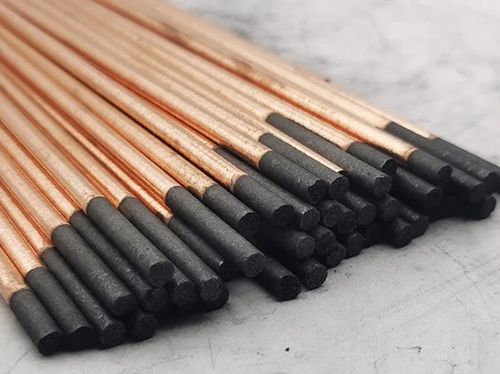
A carbon rod is a type of electrode commonly used in electrical devices for various purposes. Carbon rods are typically made from graphite, which is a form of carbon that is highly conductive and durable.
In electrical devices, carbon rods serve as either a cathode or an anode, depending on the specific application. As a cathode, the carbon rod serves as the negative electrode in a circuit, attracting positively charged ions or electrons. As an anode, the carbon rod serves as the positive electrode, attracting negatively charged ions or electrons.
One common application of carbon rods is in batteries, where they serve as the anode or cathode to facilitate the flow of electrons and ions between the two electrodes. In a battery, the carbon rod acts as a conductor, transferring electrons from the anode to the cathode, thus creating an electrical current.
Another common application of carbon rods is in arc lamps, where they are used as electrodes to create a high-intensity light source. In an arc lamp, a high voltage is applied across two carbon rods, creating an arc of electricity that generates intense light. The carbon rods in this application are typically consumed as they are used, as the high temperatures generated during operation cause them to burn away.
Carbon rods are also commonly used in welding applications, where they are used as the electrode in arc welding machines. In this application, the carbon rod serves as the conductor for the electrical current, creating a high-temperature arc that melts the metals being welded together.
Carbon rods are versatile components that play a crucial role in many electrical devices. Their high conductivity, durability, and resistance to high temperatures make them ideal for a wide range of applications where a reliable electrical connection is needed.
